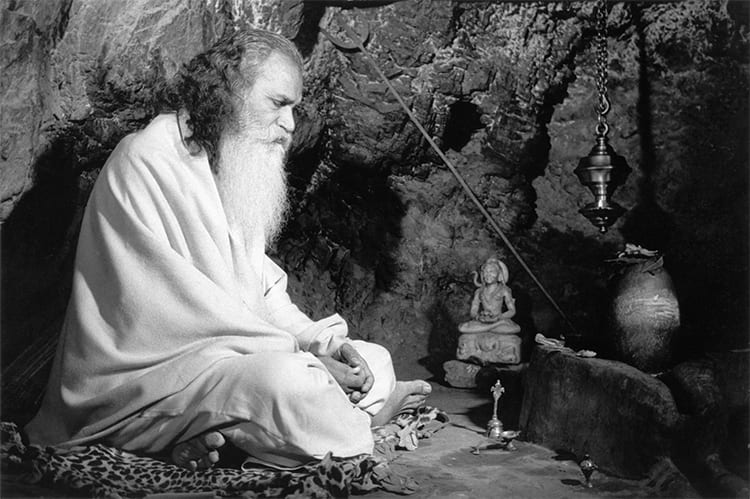Autumn has arrived to Yogaville and with it brings an abundance of reasons to be grateful. Fall foliage splashes the foothills of the Blue Ridge Mountains with color. Temperatures cool, and as the outside world transforms we acknowledge our own internal transformations and cycles. Autumn is a season for letting go and receiving, a time to remind ourselves the value of gratitude. So—what are you grateful for this season?
The Value of Gratitude
Over the past two decades, scientific studies have linked gratitude to a variety of health benefits. Gratitude has been found to enhance sleep, boost metabolism, increase optimism and, improve emotional resilience. For example, in one study conducted by the Yale Center for Emotional Intelligence, higher levels of gratitude were correlated with increased brain activity and the release of the feel-good hormones, serotonin and dopamine.
“More than any other personality trait, gratitude is strongly linked to mental health and life satisfaction.”
Scientific data now confirms that practicing gratitude allows us to lead happier and more joyful lives—something yogis have known for thousands of years.

Gratitude’s Connection to Yoga
Pantajali, author of the Yoga Sutras, created the system of Ashtanga Yoga to help practicioners reach the yogic goal of union with the Higher Self. One of the fundamental concepts of this system is santosha, sanskrit for complete contentment and total acceptance.
“By contentment, supreme joy is gained”
-Patanjali, Yoga Sutra 2:42
Contentment and gratitude are closely aligned perspectives because of their focus on enough in the present moment. When we seek happiness from the external world, relying on the next cup of coffee or sunny day, our happiness becomes conditional and unreliable. During stressful times, we can even forget those external things that brought us happiness in the past. Rather then focusing on the lack of what could or will be, gratitude asks us to focus on the here and now, just like yoga. Bharata Wingham, Integral Yoga Instructor and author, states:
“Yoga and gratitude go hand in hand, because they are both practices of going within. Things don’t make us grateful, the world doesn’t make us grateful. We do. When you are at peace, in love, when you’re in your center, you are in gratitude.”
By acknowledging and celebrating the current abundance of gifts, in yoga and in gratitude, we can cultivate santosha within.

Cultivating A Gratitude Practice: 3 Integral Steps
Gratitude isn’t just a passing emotion that comes and goes by chance. Similar to patience, honesty and humility, gratitude is a virtue to hone. Studies show that even searching for things to be grateful for can boost our mood! So, what’s the first step in cultivating this incredibly beneficial mindset?
Step 1: Pay Attention
In Yoga, we follow the breath to stay present in the moment and observe the mind and body. However, this can be done off the mat too. Observe what you can appreciate in your current moment. Do you have a solid floor beneath your feet? Fresh air to breathe? If you’re stuck ruminating about difficult memories, try to identify how past difficulties may be instructive to your present day growth. What are five things, right now, that you can be grateful for?
Step 2: Express
Once you’ve observed five reasons for gratitude, express them! You can say them out loud, jot a list down, keep a daily gratitude journal, or write a thank you letter. When you’re feeling a little low, pull out your list and reread it. The key is to engage not just your mind, but your body in focusing on the abundance versus the lack.
Step 3: Share Your Gratitude
Sharing gratitude with others may not only boost your mood but theirs as well. You may find that initiating an expression of gratitude influences those around you to do so more often. Best of all, not only is gratitude free, the more you practice it, the easier it becomes.



